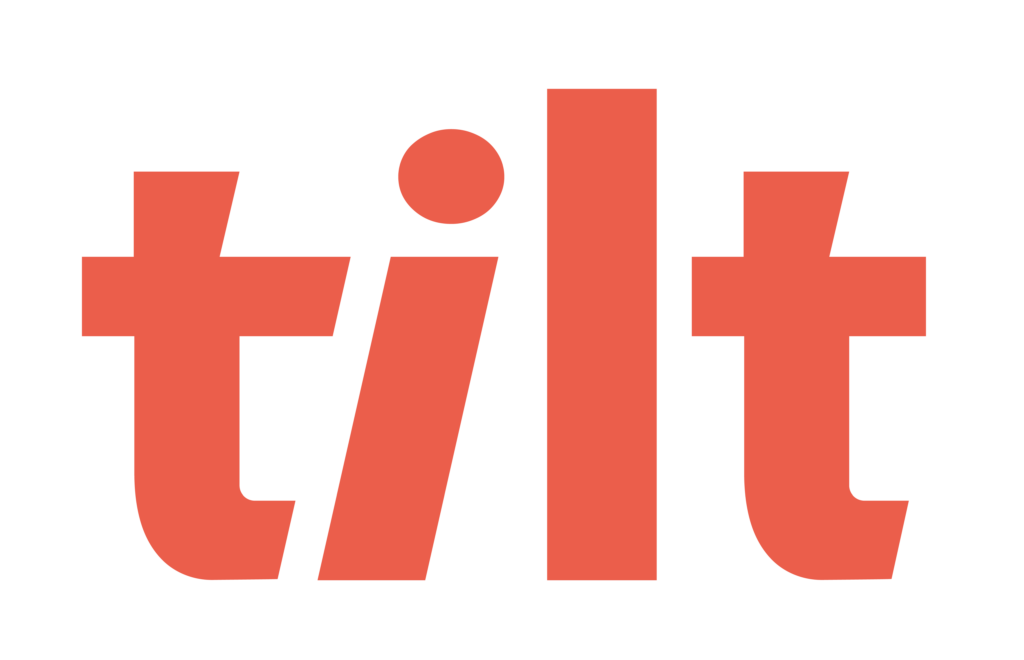These days, everyone has cringe-worthy stories detailing the awkwardness of remote work. Taking calls inside your closet so your client can’t hear your 5-year-old talk about poop. Realizing a picture of you and your extended family dressed up as wizards is sitting on your bookshelf… which you’ve used as your Zoom background since May 2020. Making a snarky comment about your boss when you thought you were on mute.
Yikes.
But Zoom fails are certainly not the only challenges of this new digital workplace. Truly, every aspect of professional life has been altered — from the commute to communication, project management to facility management.
And leave of absence (LOA) is certainly not immune to the effects of this great migration. In fact, managing leave is even-more complicated now that your team is commuting through their wifi connection. LOA communication, tracking, reporting and beyond just got a lot harder.
Still, hope is not lost. Successful leave management can be your reality no matter how far you are from your people. Here’s what you need to know to effectively prioritize LOA, so your remarkable remote employees have a positive (and legally sound) work leave experience:
Bridging the Digital Divide
COVID-19 and the subsequent surge of remote workplaces has not just transformed how the modern office looks — but how the work is done as well. The line between personal and professional lives has blurred, and teams are now communicating and collaborating in new and different ways. Gone are the days of water cooler conversations and peeking your head into a co-worker’s office to ask a question. Brainstorming sessions in front of a whiteboard are soooo vintage.
And “Zoom calls that should have been an email” are filling your calendar.
From remote bias and working longer hours to the challenges of on-boarding new and/or young employees from afar, working virtually is not all heart emojis and webcam happy hours. According to a Society for Human Resource Management study, more than half of employees surveyed report that permanent remote work would reduce networking opportunities, weaken work relationships and require more work hours. Another study among tens of thousands of Microsoft employees showed that working from home created more silos and stifled communication.
Still, where face-to-face interaction and networking have ebbed, technology and flexibility have flowed. There’s no doubt that technology solutions have supported people teams, empowered employees and boosted innovation, engagement and productivity, especially now that half of businesses worldwide offer some sort of remote work option.
That’s good news for people who care about employee retention (we have a sneaky suspicion that’s you!).
According to a Forbes report titled The Impact of the Digital Workforce, “Employee-focused solutions make employees more productive and satisfied with their jobs, but that is just the start of it… In a digitally transformed world, this change will become so powerful that it will ultimately be a source of competitive advantage. To keep this advantage though, management (including the CIO) must migrate … to an environment of trust, support and common standards.”
Meaning, to make remote work work, you must use technology in a way that puts employees first.
Digital Solutions for Digital Workplaces
Digital solutions and tools are so ubiquitous right now that HR may start feeling a bit like IT.
From Slack to Dropbox to Workplace to everything Google, there are no limits to the ways that technology can support your company. Yes, collaboration tools have become a major line item for any company that employs remote or hybrid workers. For virtual brainstorming, there are Miro and Stormboard. For training, try CoAssemble and Lessonly. For project management, you can use Basecamp, Asana and Teamwork. For scheduling, Calendly is a great option. There are even tools to help with employee engagement: HeyTaco! or Donut.
And those are just a few of many!
At the end of the day, all of these tools are about employee engagement, which is a vital cog of employee retention. Employee burnout is cited as a top reason for the Great Resignation, so focusing on efficiency, balance, mental health and flexibility behooves people teams for organizations of all sizes. With some of the proper tools at your disposal, the Great Resignation doesn’t have to be so great.
But beware: Do not let leave of absence management slip through the digital cracks. For a workforce on the brink of burnout and for companies focused on mental health and flexibility, effectively and efficiently leveraging leave may be the greatest tool of all.
LOA Meets WFH
Let’s be honest, LOA administration was challenging when your employees were physically in one office or in one state. Now you’re expected to manage leave for a company with employees working from dining room tables in a long-term Airbnb rental cabin in Montana? How do you track and record time for an employee who works from home and is on intermittent leave? What state laws do you follow when your company is based in one state and your employees are peppered around the country? How do you best transfer knowledge to the people filling in for your employee going on leave when everyone is in different locations? Do your managers have a clue what to do?
Are you starting to feel burned out just thinking about all those chaotic Excel spreadsheets? That’s why adopting a leave of absence management process and developing a leave strategy is not just helpful, it’s vital. It’s vital that your employees know it’s being handled on your end, and it’s vital for your sanity (and it’s also nice to be legally sound, so you don’t get your company wrapped up in a costly lawsuit).
Now, if only there was a technology solution that could help you answer those questions and more. If only there was a company that could help smooth out leave processes for in-person, hybrid and remote workers. Or experts to guide you through all the compliance issues and paperwork no matter where your employees reside.
Hmmm…
(Spoiler: It’s Tilt…okay no more shameless plugging we promise)
Tips to help you successfully manage leave for remote workers:
- Communicate, communicate, communicate: If possible, try to have at least one face-to-face meeting when discussing a leave of absence. Email is great for follow-ups and check-ins, but a real conversation can make a difference in helping an employee understand the ins and outs of their leave. Develop an on-leave communication plan, so managers know when and how they can communicate with employees on leave. Does the employee want to know about company updates, project progress or team changes? How and when do they want to start discussing their return? Set expectations, so everyone is on the same page.
- Welcome your employee back: It’s easy to feel lost or forgotten when you come back from leave, especially if you are telecommuting. Make sure your returning employees feel like they are a part of the team and the work. Schedule a meeting to help them get caught up and introduce any new co-workers, tasks, policies or clients. Check in with your returning employee often, and make sure the whole team knows they are back.
- When the going gets tough, seek legal assistance: While flexibility and trust are perfect for 99 percent of your people, there may be a time when a manager or an administrator suspects an employee is taking advantage of their leave options. But before you take any action against an employee on leave, consulate with legal experts to make sure that you are not making a costly mistake. Defending an FMLA suit can cost tens of thousands of dollars, and damages can reach $450,000.
As people teams are increasingly faced with a remote work reality, they must ensure that work leave management doesn’t get left behind at the office (with the dusty coffee pot). Despite the challenges, there are tools and resources to help you navigate leave no matter where your employees set their laptops.
Have more questions? We get it, work leave management for remote workers can be like dousing a dumpster fire with a spoonful of water. At Tilt, we stay on top of changing leave laws and ensure compliance so you don’t have to. We also support your managers with training, keep a tidy paper trail and smooth out your processes. We are ready to turn potential legal losses into a win for your company culture and employee happiness. Say good-bye to risk. Say hello to leave with peace of mind.







